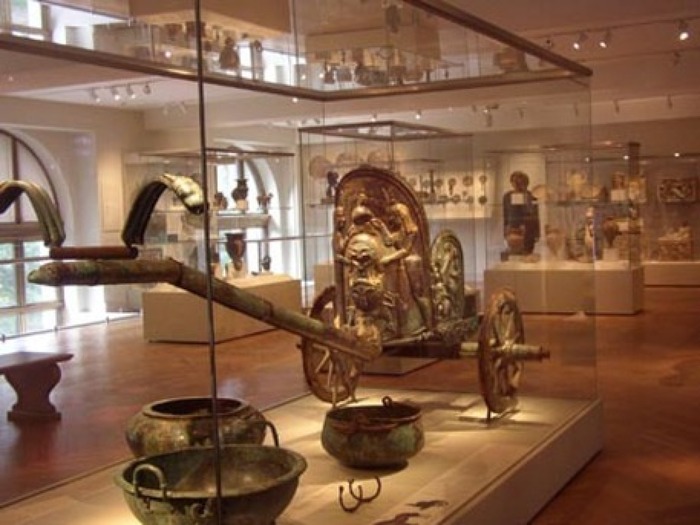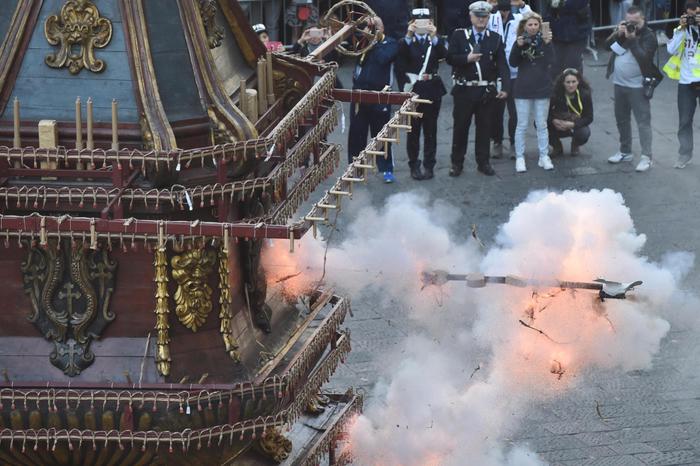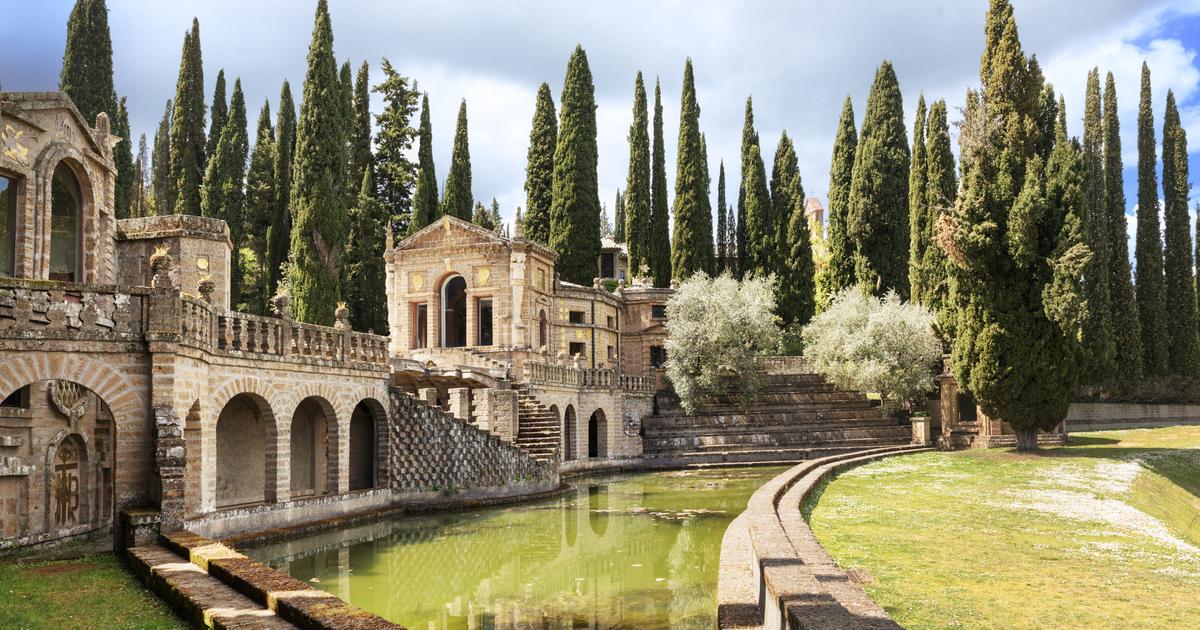(ANSA) - ROME, SEPTEMBER 24 - An Etruscan chariot unique in the world that 120 years ago from Umbria ended up in New York to make a fine show of itself at the Metropolitan Museum.
An intrigue hatched by generals, counts and knights amidst distractions, incapacities and connivances in Italy in the early twentieth century.
But also the unpublished testimony of a woman with a ring with magical powers, which adds mystery to mystery.
In Rome, the museum of Villa Giulia celebrates the Etruscan festival and with the occasion the contrasted story of the chariot of Monteleone di Spoleto returns to the fore, the protagonist of a docu signed by Dario Prosperini - previewed this evening at the Etru - which for the first time volta reconstructs the stages step by step with the voice of the protagonists of the time and various unpublished documents.
The subject of a battle that has lasted for twenty years with the 600 inhabitants of the Umbrian village who are clamoring for their return to their homeland, the chariot, which the Americans have renamed the Golden Chariot, is a masterpiece of the sixth century BC. made of walnut wood and sculpted bronze sheets, the work of Etruscan wisdom but inspired by Greek art, to which it is linked by narrating the deeds of Achilles.
Manufactured in Vulci, as Adriana Emiliozzi, great expert in ancient chariots, rebuilt it by restoring it, the chariot had changed hands, offered to a soldier who eventually took it to the tomb along with all his treasure of bronze and terracotta objects.
To find it, 2600 years later, were two peasants, Isidoro and Giuseppe Vannozzi, who on February 8, 1902, digging in front of their cottage, found the tomb of the Etruscan commander before their eyes.
Sold by the Vannozzi for 900 lire (today it would be just over 4 thousand 100 euros) and at the time the subject of a scandal that occupied the pages of newspapers on several occasions, the chariot quickly changed hands and then arrived in New York in 1903.
The cards discovered in 2018 by Guglielmo Berattino, 16 autographed letters among the protagonists of the sale, demonstrate today without a shadow of a doubt that the then director of the Met, Luigi Palma di Cesnola, self-styled Canavese general who had helped found the prestigious American museum , bought it for 250 thousand lire from the Roman antiquarian Ortenzio Vitalini, numismatist of the king, who signed himself with the title of knight.
This with the help of another Italian, Count Gioachino Toesca Caldora di Castellazzo, a friend of Cesnola.
But above all in defiance of the edict of 1820, inherited from the Papal state and then still in force in Italy, which already prohibited the export of works of art.
The first law for the protection of the assets of the Italian State, however, arrives in June 1902,
when the chariot had already left Italy, headed for Paris where it remained months before being shipped to New York.
While the legislation that would have governed the functioning of that law dates back to 1909.
Also for this reason, faced with the chaos that at a certain point breaks out in Italy on that Etruscan chariot and the parliamentary questioning of Senator Felice Barnabei, founder of the museum of Villa Giulia, the protagonists of the sale remain calm.
And they always had been, so much so that the chariot had been exhibited in the window, in Rome, in Vitalini's shop.
To reveal it in a testimony recovered in a 1927 publication by Valentino Nizzo, the Etruscologist today at the helm of Villa Giulia, is the singular story of an English lady, Grace Filder married to Count Solone di Campello, who adds that of a prodigious ring, which would have been sold to her in Monteleone, also coming from the captain's tomb.
A jewel thanks to which she would have found the strength for decidedly remarkable feats, which led her to fly over half of Italy in an aerostat and even to climb the highest peak of Monte Rosa.
Buried in the non-Catholic cemetery of Rome, Grace may have taken the magical ring to her grave, the only testimony, to be verified, underlines Nizzo, of the presence of jewels in the captain's tomb.
Who knows, "what is really serious is precisely the dispersion of information, together with the misdirection attempts that accompanied this discovery and that make our knowledge of one of the most important contexts of the sixth century BC fragmentary", notes the director of the museum.
"This work is a tribute to the truth", the young director Prosperini smiles next to him, "
After two decades of street demonstrations, complaints, appeals to the various ministers who have followed one another, the inhabitants of Monteleone, meanwhile, are still hoping.
Guido Barbieri, lieutenant colonel of the carabinieri for the protection of the cultural heritage of Perugia, as well as Berattino, invite us to focus on cultural diplomacy: "there is room for maneuver", underlines the colonel.
Marisa Angelini, the combative mayor of Monteleone, explains that she has just written a new letter to the ministry.
Whoever will be the next minister of culture is warned: the Monteleonese will not give up on the return of the golden chariot.
(HANDLE).









